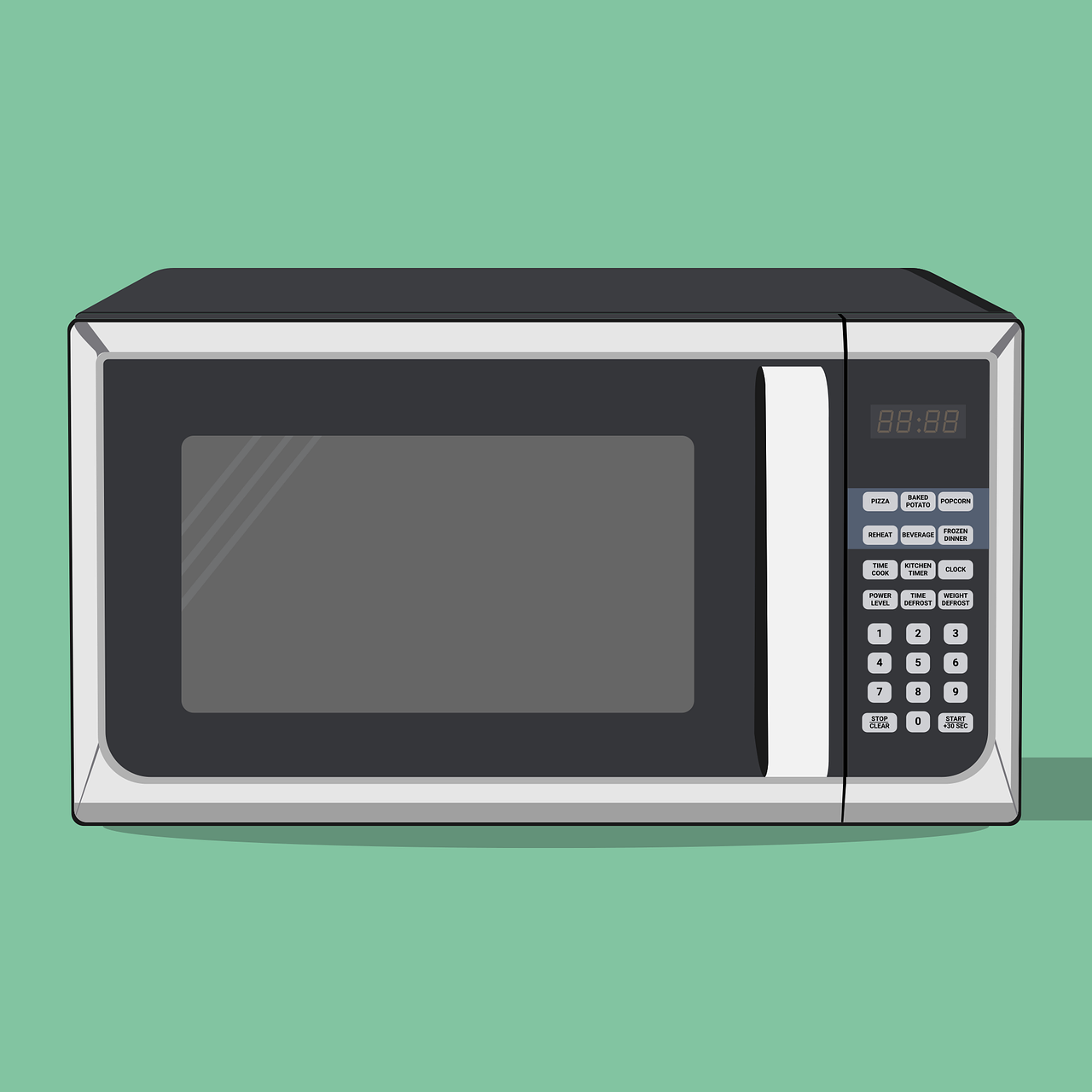
Preparing your kitchen for the installation of high-end appliances is vital for ensuring a smooth and successful setup. This process not only involves the physical arrangement of your space but also a detailed understanding of the necessary connections, dimensions, and specifications required by your new appliances. By taking the time to follow essential preparation steps, you can create an environment that facilitates installation, minimizes potential issues, and ultimately enhances the functionality and beauty of your kitchen. With thoughtful planning and communication with your sales team, you can elevate your kitchen experience and enjoy the luxury your new appliances bring.

Installing high-end appliances in your kitchen can be a transformative experience, enhancing both the functionality and style of your culinary space. However, ensuring a seamless installation process requires careful preparation. Let’s delve into essential steps you need to take to prepare your kitchen for the arrival of those luxurious appliances.
Understanding Installation Requirements
Before the first appliance even crosses your threshold, it’s paramount to understand the specific installation requirements for each piece. High-end appliances often come with precise specifications regarding space dimensions, electrical connections, and water supply. Familiarizing yourself with these needs will set the groundwork for a successful setup.
Review Manufacturer Specifications
Each appliance has a manual detailing its dimensions and installation needs. Be sure to:
- Check dimensions against your available space to avoid any unwelcome surprises.
- Identify the required electrical outlets—do you have a 120 or 220-volt outlet?
- Ensure availability of water lines for dishwashers and refrigerators with ice makers.
Utility Connections
Next, consider the necessary utility connections. An inspector or a professional can help in ensuring that electrical, gas, and plumbing requirements are met before installation day. Even minor issues, such as a misaligned gas line, can lead to major delays and added costs. Addressing these concerns ahead of time can prevent headaches down the line.
Preparing Your Space
With specifications in hand, it’s time to prep your kitchen physically. Remember, a little forethought goes a long way!
Clear the Installation Path
Imagine the delivery day: heavy appliances gliding through your threshold. Here’s how to facilitate their journey:
- Map out a clear path for delivery personnel from the entrance to the intended installation spot.
- Remove any obstacles such as rugs, furniture, and décor that could impede movement.
- Ensure doorways are spacious enough for bulky items—removing door hinges may be necessary.
Secure Fragile Items
If you have valuable or fragile items in your kitchen, relocating them can save distress. Secure or move any items that could be easily damaged during the hustle and bustle of installation.
Inspecting the Kitchen Setup
After clearing the space, it’s time to evaluate the kitchen setup thoroughly. Make a checklist:
- Electrical outlets: Are they functional and in the right locations?
- Water supply: Does your new refrigerator connect easily to your water line?
- Gas shut-off valve: This is crucial for any gas appliances.
- Venting: Ensure that your kitchen has the appropriate ventilation for your cooking appliances.
Handling Existing Appliances
What will happen to your existing appliances? Decide whether you’ll uninstall them yourself, allow the delivery team to handle it, or hire a service. Planning in advance will reduce stress greatly.
Communicating with Professionals
Open communication is the keystone of effective appliance installation. Don’t hesitate to reach out to your sales associate regarding any hurdles you anticipate during delivery.
Provide Necessary Information
When making your purchase, provide details such as:
- Where your appliance is being placed (i.e., ground floor, second floor).
- If relocation of old appliances or modifications like venting adjustments is needed.
- Any potential obstacles that could complicate installation.
Last-Minute Checklist
On the day of delivery, ensure everything is in place with this pre-installation checklist:
- Verify the appliance dimensions matched with the space.
- Confirm that all utility connections are correctly positioned and functional.
- Clear out fragile items within the installation perimeter.
- Prepare a refreshment station for your installers; they’ll appreciate it!
Special Considerations for Specific Appliances
Some appliances require unique needs to ensure a smooth operation post-installation:
For Washers and Dryers
If you’re adding laundry appliances:
- Check for a proper outlet (110 or 220 volts).
- Double-check that hot and cold water supply valves are adequately located.
For Refrigerators and Dishwashers
Ensure that:
- There’s a working water valve if your refrigerator has an ice maker.
- Hot water connections are accessible for dishwashers.
Engaging in thorough preparations will not only streamline the installation process but will also enhance the joy of welcoming high-end appliances to your culinary haven. Should you need expert installation services or repairs, consider contacting XXX for support.
“`html
Preparing Your Kitchen for High-End Appliance Installation
When investing in high-end appliances, preparation is crucial to ensure a flawless installation. Begin by evaluating your kitchen’s layout and ensuring that there are adequate electrical outlets and water connections where necessary. High-end appliances often require specific power sources, and an oversight in this area can lead to delays and additional costs.
Next, measure your space carefully. High-end appliances can come in various sizes and design features that necessitate precise measurements to fit seamlessly into your existing cabinetry or designated areas. Consider both the dimensions of the appliances and the space around them to ensure they can be used comfortably.
Additionally, it’s essential to communicate with your sales associate about any customized specifications or requirements for the appliances you’ve selected. Sharing this information, such as gas connections or special ventilation needs, is vital to avoid complications during installation. Early discussion about these aspects provides your installation team with a clear understanding of what to expect.
Another critical step is preparing your kitchen space for delivery. Clear a direct path, ensuring it’s unobstructed by furniture or other items, which simplifies the installation process. If moving an old appliance, have a plan in place to either dispose of it professionally or relocate it safely prior to the arrival of your new appliance.
Finally, take the time to inspect your current setup for any adjustments that may be needed. High-end appliances may enhance your kitchen’s efficiency and aesthetics, but they require proper planning and installation to perform at their best. By taking these proactive steps, you can create a smooth process that maximizes the value of your investment.
